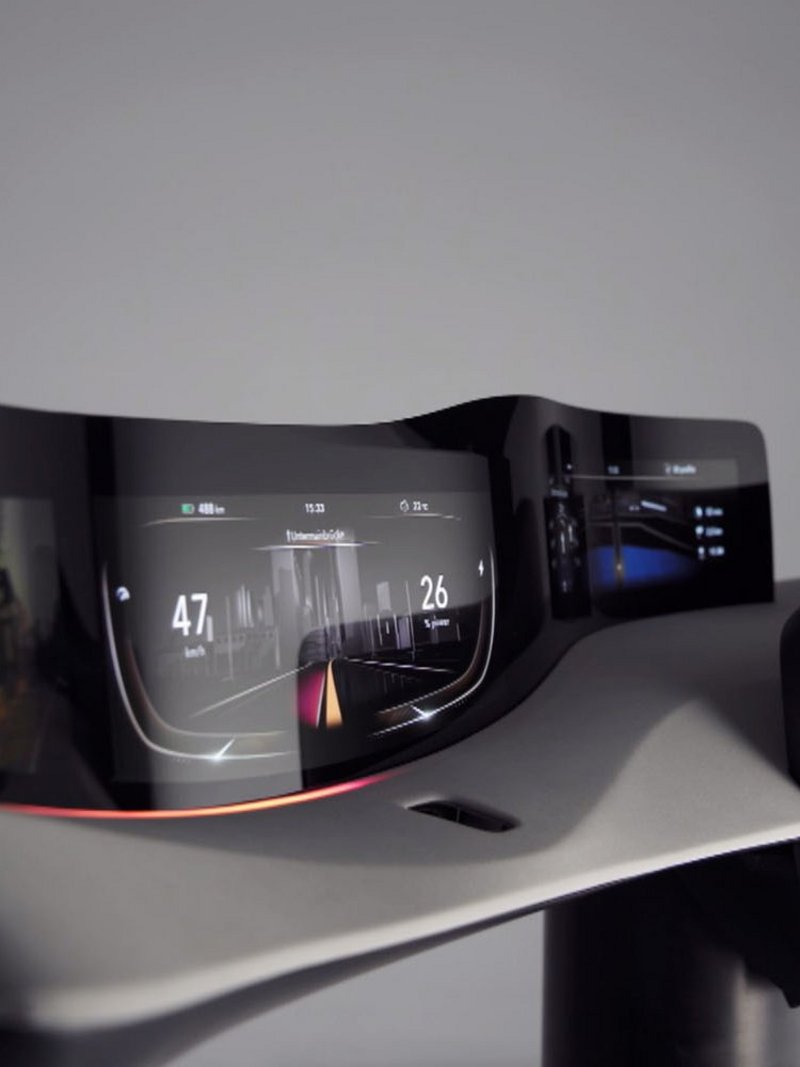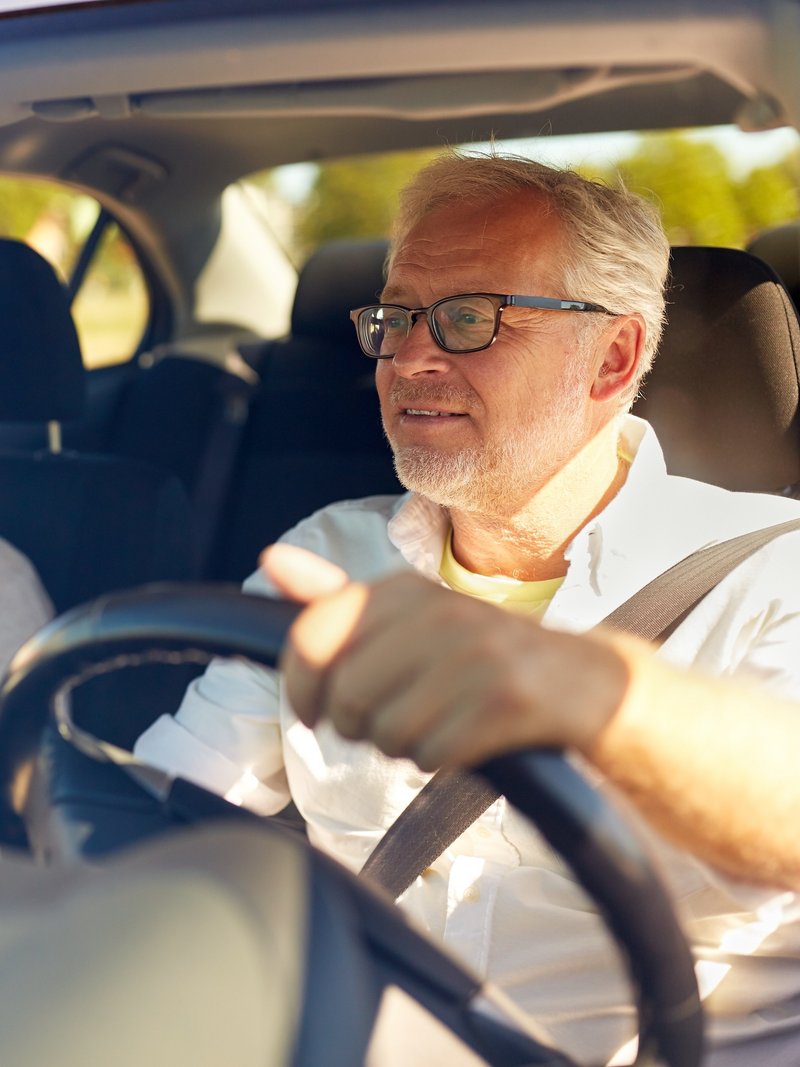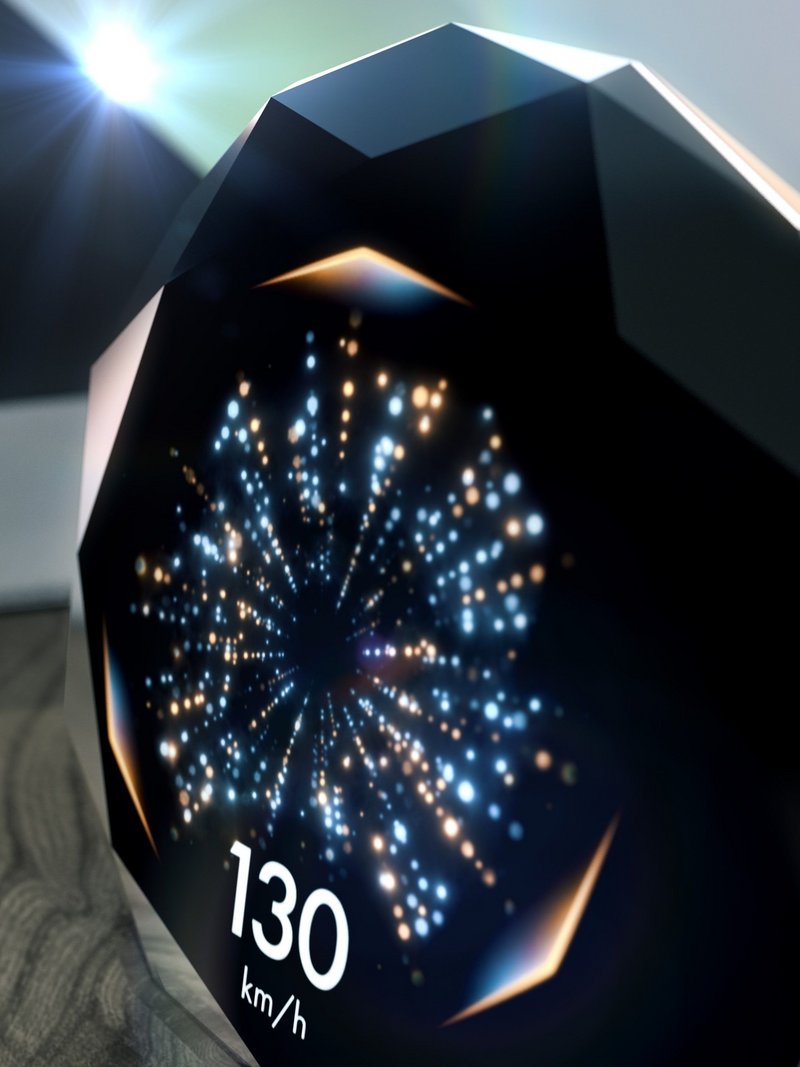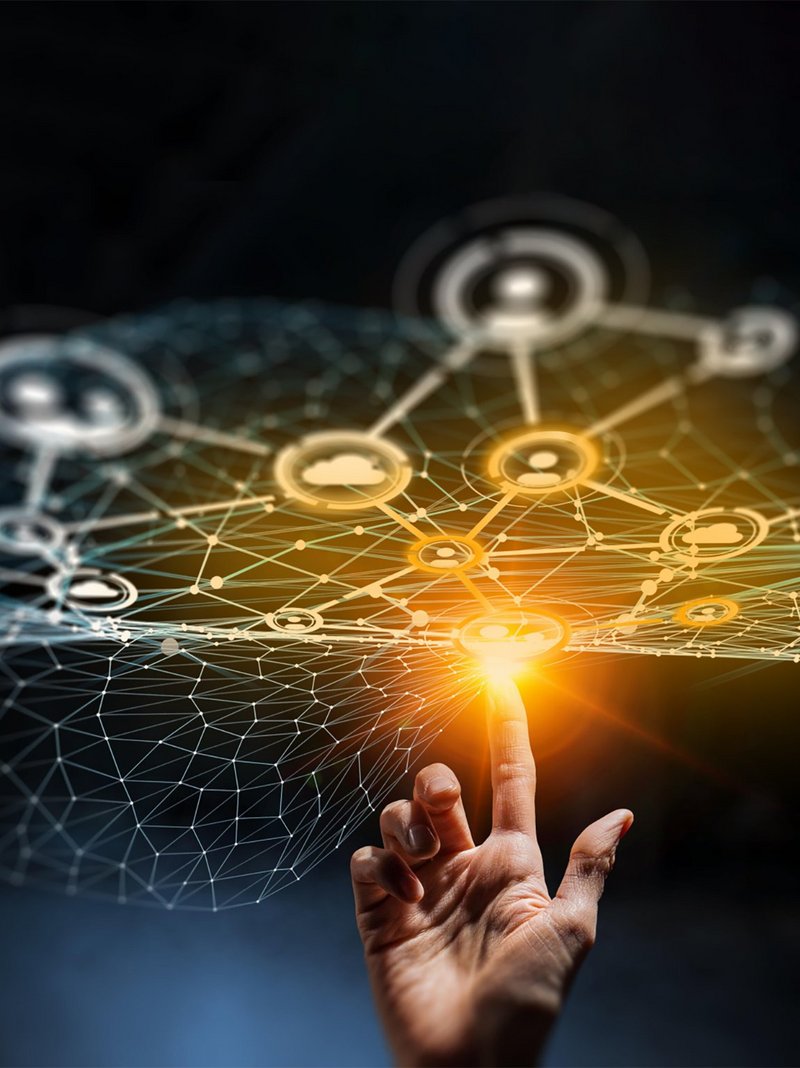The Dashboard: a Thing of the Past
The Dashboard: a Thing of the Past

What was once a piece of wood with drilled holes into which gauges and instruments were screwed in the first gasoline-driven carriages of the 19th century, has now become a real high-tech object: the dashboard. The modern displays of today are becoming ever more digital, powerful and intuitive to use. Moreover, there is no end in sight to this breathtaking development – quite the contrary.
A Relic from the Age of the Carriage
The term "dashboard" actually dates back to the time when people used to travel by horse-drawn carriage. Then, the dashboard was merely a protective board that prevented the driver from being splashed with dirt "dashed-up" from the horses' hooves. The name has stuck to this day, but now, a century later, this dashboard has taken on a complex and almost infinite range of functions and tasks related to information, communication and comfort.
© Continental AG
From the Dashboard to the Curved Plastic Lense Display
The days of analog dial-type gauges are over. Car manufacturers all over the world have long been working on seamlessly integrating several displays into the modern cockpit. The merging of instrument clusters and central displays into a single solution, however, places particular demands on aesthetics and system integration, especially since distraction-free use when driving remains the highest priority. With the Curved Plastic Lense Display, seamless visual integration has been successfully achieved for the first time, in addition to the integration of all the relevant functions. A 3D-formed plastic cover glass makes this possible: it allows for maximum design flexibility and offers the driver a completely new, exciting driving experience. Furthermore, the use of plastic is less expensive than conventional real glass. An excellent idea – this was also the opinion of the expert jury of the German Design Council, which presented the product with the German Innovation Award 2019 for Excellence in Business to Business.
A New Dimension in Vision
An illuminated red stop sign hovers in front of the display. Rows of houses appear, which seem to grow out of the navigation system. Directional arrows project into the spatial depth. This kind of three-dimensional representation of information is now possible – and it is above all practical, because the driver can now perceive the most important information more quickly. In addition, the interaction between driver and vehicle becomes easier and more intuitive as it converges with the real world. All of this is made possible by the new Continental 3D display, which is based on the innovative Natural 3D Lightfield technology from Silicone Valley company Leia Inc.

A Quantum Leap in Spatial Vision
Fascinating stuff, and not only for the driver: for the first time, occupants in the front-passenger's and rear seats can also experience the same 3D image from their seating positions. The quality of appearance of the "Natural 3D Instrument Cluster" is far superior to conventional 3D representations. The spatial image is composed of altogether eight perspectives of the same object, which can vary slightly depending on the viewing position. Consequently, the view of the Lightfield display shifts with every change in the viewer's angle of vision, enabling a natural presentation of information that dispenses completely with special glasses or cameras for detecting head movements, meaning additional cost savings.
The Vehicle as a Giant Smartphone
What else can be achieved with Lightfield technology? David Fattal, co-founder and CEO of Leia Inc, is convinced that almost anything is possible. If, in addition to the actual task of driving, ever greater freedom arises for other activities, many further possibilities open up in the vehicle – from video calls and internet use, through to streaming three-dimensional movies for the passengers.
The next frontier to be crossed for mobile communications is clearly the car. For us, the car is a larger, more immersive version of a smartphone with full capture of the surroundings in 3D.
Buttons from Out of Nowhere
Even beyond the confines of the central display there a multitude of switches in the cockpit. But is this really necessary? Surely a perfectly well organized dashboard would be much more conducive to concentration. With as few buttons as possible, maximum functionality and extremely easy to operate, if you please: This optimized human-machine interaction has given developers some tough nuts to crack. Now, however, we are again one step ahead: with the "morphing controls", operating features that appear in 3D as if by magic and only light up as the driver's hand approaches the screen. Once the driver has successfully pressed the desired button, he feels a brief pulse as confirmation. As soon as he retracts his hand, the buttons disappear again without a trace on the screen. There is no David Copperfield magic behind this, but a great deal of resourceful ingenuity: An in-house developed reversibly stretchable surface material in conjunction with proximity sensors, force detection and haptic feedback – this is how the amazing effect was achieved, which increases comfort and tidiness in the vehicle interior.
© Continental AG
The Mobility of Tomorrow at CES and IAA
The Consumer Electronics Show was held in Las Vegas in January 2020. Continental was again represented there in order to showcase new possibilities for mobility. Back in September 2019, visitors to the IAA in Frankfurt were able to experience the future hands-on: Continental showed the current status of the Cross Domain Hub for the vehicle cockpit of tomorrow. This system forms the basis for the interaction between human and vehicle in the connected cockpit of tomorrow – and at the highest quality level. The cockpit demonstrator showed the impressed visitors how a wide variety of displays, from instrument cluster to center console display, merge with Internet-based services to form a complete solution – here, the development is leading away from multiple individual control units to a few high-performance computers. Several operating systems with different security requirements can run simultaneously on a single computer. The operating systems employed, such as QNX, Integrity, Linux and Android Automotive, can come from both open or third-party sources.
The cockpit of tomorrow brings two major challenges. On the one hand, there is an ever-increasing separation of software and hardware as well as an extensive receptiveness to open source software from many sources and therefore also to new business models. On the other hand, there are in particular the processes with which these new requirements can be implemented quickly, cost-effectively and with a high degree of operational reliability.
Touch, Control, Marvel
In addition to the conventional displays, the digital driver display also shows the view from the digital rear-view mirrors. In manual mode, the driver receives important driver information and can, for example, use gesture control to transfer content such as high-resolution navigation maps from the front-passenger display to his screen. Meanwhile, the front passenger can relax and enjoy a movie. When the driver switches to automated driving mode, the display fully extends upward, providing full display of all internet-based services and apps that are otherwise only available on the front-passenger’s side. This is what the future can look like - at Continental's exhibition booths, it is already a reality.






